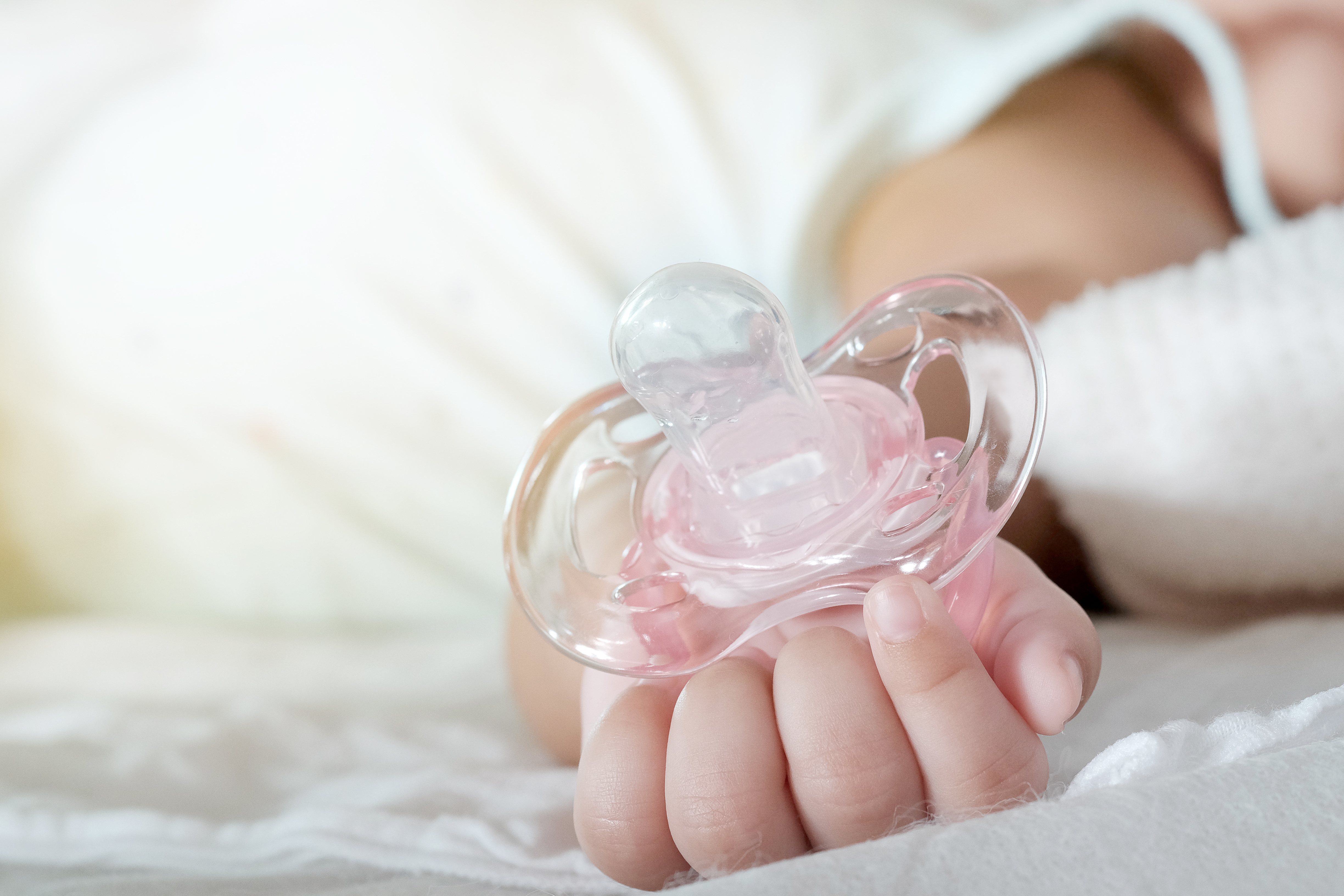Transitional objects in children: Should we remove them?
A transitional object is an item that a baby chooses and where they find comfort and support when they are starting to perceive the world. Is it advisable to take them away from them?
child care
Share

What is a transitional object and what types are there?
Transitional items are those that a baby chooses in order to find comfort when they are not in contact with an adult. They help them to calm down, relax and feel protected. The most typical objects of attachment are teddy bears or comfort blankets, but also dummies, cloths or any other toy that the child relates with their mother who is the main figure of attachment. That’s why the baby looks for it when he/she needs comfort, when they face their first experiences or simply when they need to sleep.
The term “transitional object” was coined in the middle of the 20th century by the English paediatrician and psychoanalyst, Donald Winnicott, who talked about the need for babies to have one, like their “first game”, since they aren’t able to distinguish reality.
Is it necessary for a child to have a transitional object?
Not all children need a transitional object, but many do have them. It is highly likely that they make their choice between the age of four and six months, and keep it for a few years, up to the age of 2/3, more or less, since there is no fixed rule. It can also be the case that an event (the arrival of a little brother or sister, starting school, moving house...) makes the child go back to the object of attachment that they had left behind a while ago.
The child will gradually break away from it as they gain confidence and maturity.

A factor to bear in mind is that children choose this object themselves, it isn’t imposed on them by their parents, so if a child doesn’t want a teddy bear or comfort blanket, no matter how often their parents try to give it to them, they won’t want it. In addition, transitional objects or objects of attachment are irreplaceable, in other words, if a baby loses it, we shouldn’t try to replace it with another, unless the child decides to choose a different one.
This object comforts small children because, among other things, it smells of them, and it gives them security. They touch it, they suck it, bite it, so for children, this aroma they emanate is familiar to them and makes them feel confident.
But, after a certain age, should we forcibly take these objects away? The answer from specialists is no, not just because we think they are “too old” to have it, since this is a sure cause of sadness and anguish for the child. The child will gradually break away from it as they gain confidence and maturity. If this doesn’t happen and we are concerned, we should consult a paediatrician.






